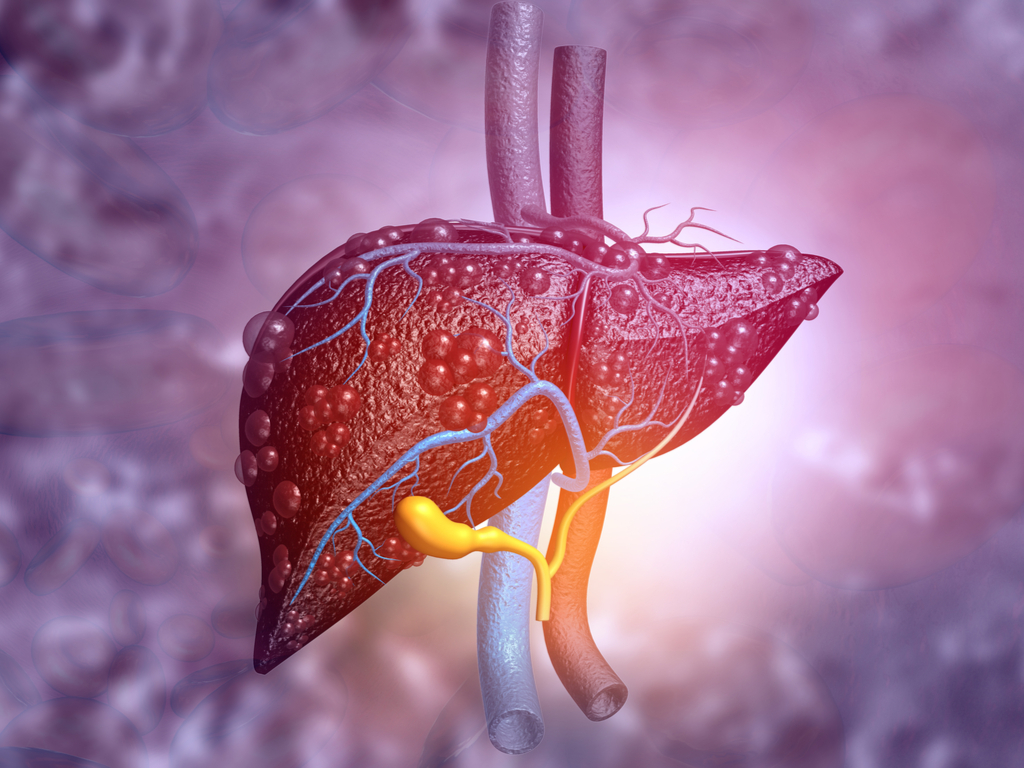When you purchase through link on our site , we may garner an affiliate commission . Here ’s how it works .
Every person emit a unparalleled blending of microbes into the tune , and this " microbial cloud " is personalized enough that it could be used to identify people , a new study receive .
The results " demonstrate for the first prison term that soul release their own personalize microbial cloud , " James Meadow , the lead author of the study , pronounce in a assertion .

trillion of bacterium live on and in the human body . Together , these bacteria make up what researchers call the human microbiome .
Previous studies have find that at least three germ contribute to the airborne swarm of bacterium surrounding us : dust , emissions from clothing and emissions from the mortal , the researcher wrote in their study , published today ( Sept. 22 ) in the journal PeerJ. [ Body bug : 5 Surprising Facts About Your Microbiome ]
In the new study , researchers ask participants to posture alone in a sanitised chamber filled with filter air . To contract the issue of particles come from clothing , each participant was given an monovular new , clean kit . Each participant sat in a plastic rolling electric chair that had been disinfected , and was give a sterilized laptop computer to habituate to communicate with the scientists outside the chamber ( they were also allowed to habituate the laptop for entertainment aim ) , consort to the researchers .

Any particles that came off the player were dribble out of the chamber , collected and genetically sequenced . The researchers used the succession to identify the bacterium .
In one experiment , the researchers compared the air in the chamber to that of a neighboring , unoccupied bedchamber . Three people participated in this experimentation , and each sat in the bedroom for a 4 - hour session and then a 2 - time of day session , with a happy chance in between .
After 2 hours , the investigator discover they were able-bodied to check whether a individual was present in the chamber based on look only at the bacteria from the air sample .

But the investigator noticed that the combination of bacterium surrounding each individual could be easily distinguished from one another , so they pose up a 2d experiment to see how well they could key out mortal using their unequaled bacterial swarm .
In the second experiment , eight new mass were asked to sit in the chamber for two 90 - minute periods .
" We carry that we would be able-bodied to detectthe human microbiomein the breeze around a person , but we were surprised to find that we could identify most of the occupier just by try out their microbic cloud , " said Meadow , who was a postdoctoral investigator at the University of Oregon at the clock time of the study .

The investigator found that the main types of bacteria in people ’s " cloud " were human - associated bacteria , includingStreptococcus , which is commonly find in the sassing ; andPropionibacteriumandCorynebacterium , which are commonly found on the skin . For female participants , the researchers also noted the front of commonvaginal bacteria .
Although the results of the subject suggest that the finding could be used in forensics , the researchers cautioned that further research is need because the formula they found " are likely to be more nuanced in a gang of occupants , in a enceinte indoor space or in the presence of resuspended junk , " the researcher write .
And that does n’t even factor in all the microbes left behind byour nonhuman companions .















